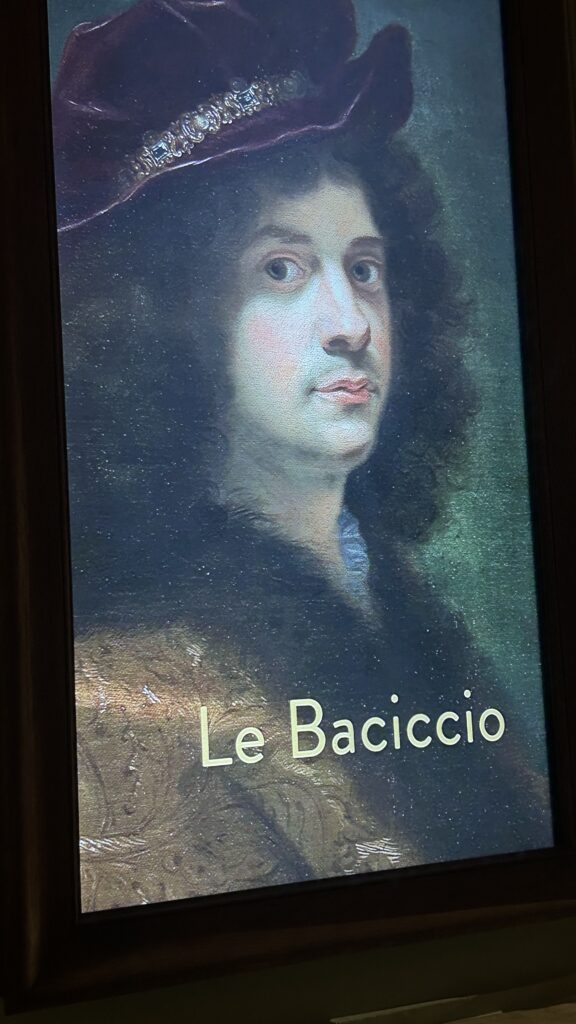
In the heart of Aix-en-Provence, where the shutters are often half-closed and the bustle of daily life is in the air, there’s a place that feels like opening a secret passage to the past, where one can find history tucked carefully inside. The Musée du Vieil Aix, once the grand 17th-century home of the Estienne de Saint-Jean family, now holds the soul of the city in its walls. Each room tells a story—chairs once pulled up for conversation, porcelain that caught candlelight, delicate Provençal santons with painted eyes that have watched generations come and go.
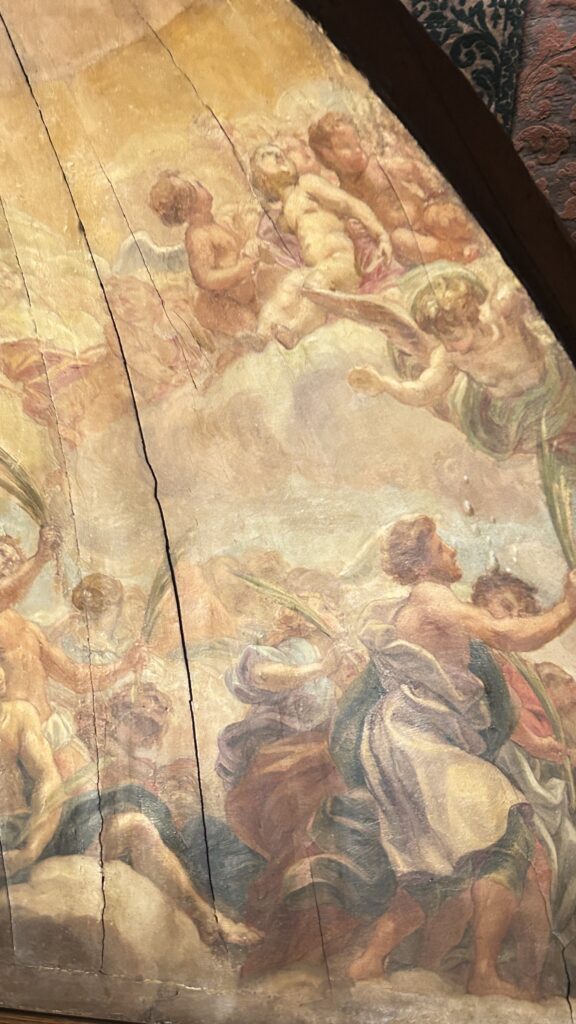
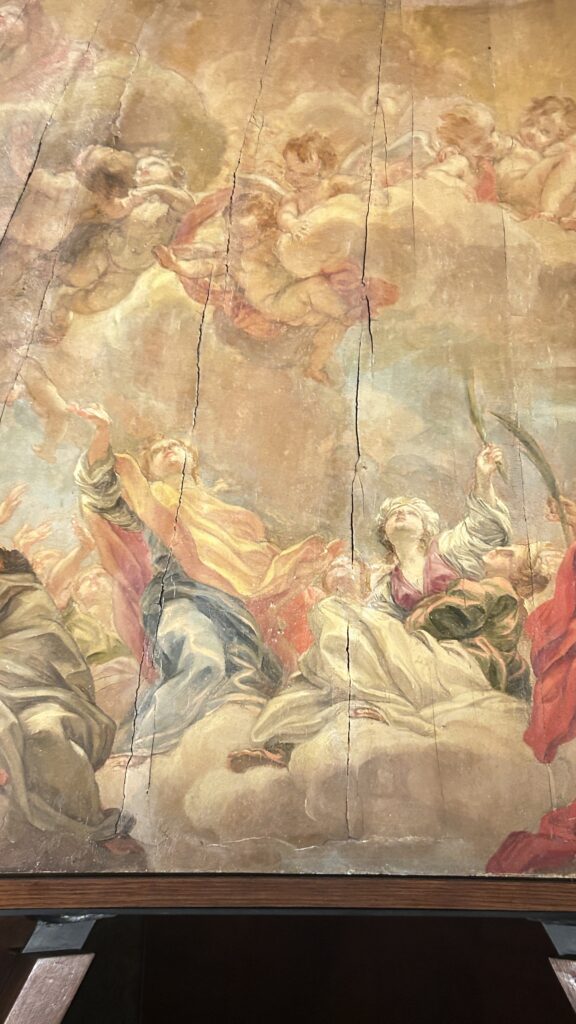
But what caught me off guard, what made me stop and sit awhile, was something entirely unexpected—a model of a dome that was never built, created by Baciccio, the Baroque painter known for lifting ceilings straight into heaven. He spent thirty years on this dream for St. Peter’s in Rome, shaping it, reworking it, holding onto it through changing popes and the wear of time. In the end, at seventy, sick and frail, he made it to the edge of completion, only to pass away before it could rise. The dream was left behind. Somehow—how stories like this always seem to float into Provence—it found its way here, to this quiet museum, tucked into an old hôtel particulier. Now it waits patiently in a corner, with a small film gently explaining what could have been. And for just a moment, a light flickers on the ceiling, and you see it—his dream, briefly alive again.
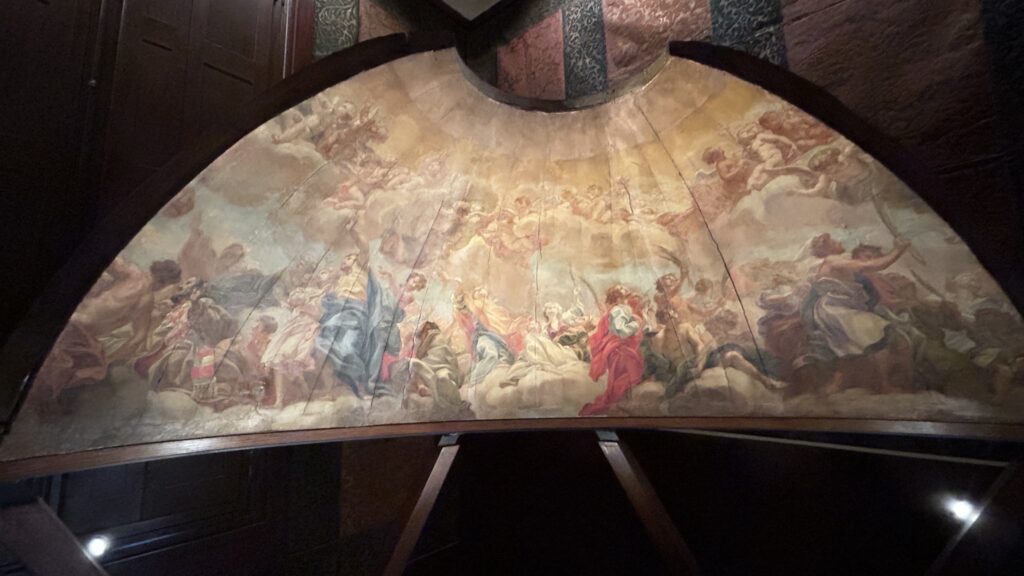
Baciccio, also known as Giovanni Battista Gaulli (1639–1709), was an Italian Baroque painter best known for his dramatic and illusionistic ceiling frescoes. Born in Genoa, he moved to Rome in his early twenties, where he became closely associated with the powerful Jesuit order and gained the patronage of Gian Lorenzo Bernini, the leading sculptor and architect of the time. Baciccio’s most famous work is the ceiling fresco The Triumph of the Name of Jesus (1676–1679) in the Church of the Gesù in Rome, which is considered a masterpiece of Baroque illusionism and theatricality.
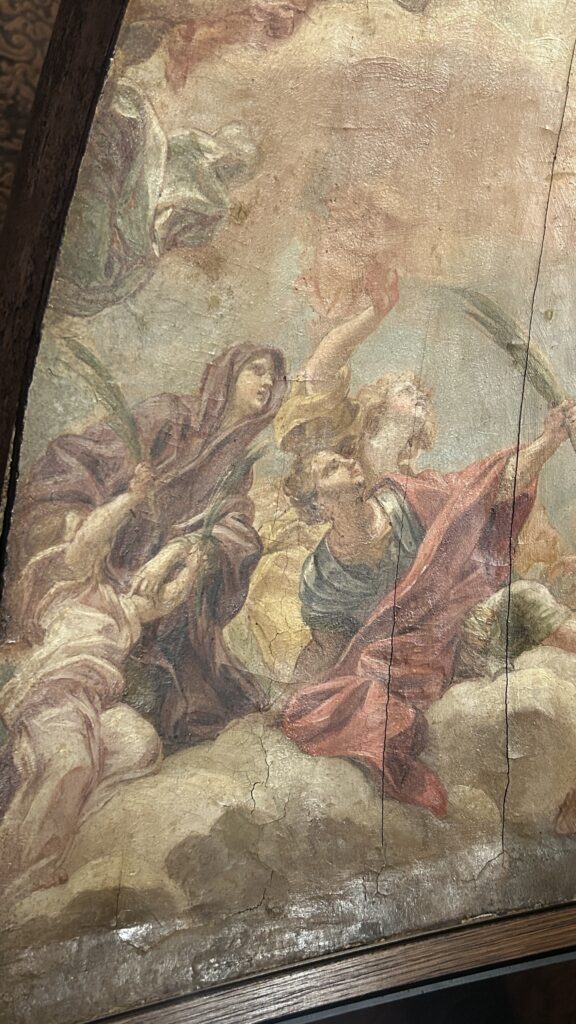

In this work, Baciccio combined painting, stucco, and architecture to create an immersive vision of heaven opening up to the viewer. His style is marked by vivid colors, expressive figures, and a sense of grand movement that reflects the spiritual intensity of the period. Although primarily known for his religious art, Baciccio also painted portraits and altarpieces, leaving a significant mark on Roman Baroque art.

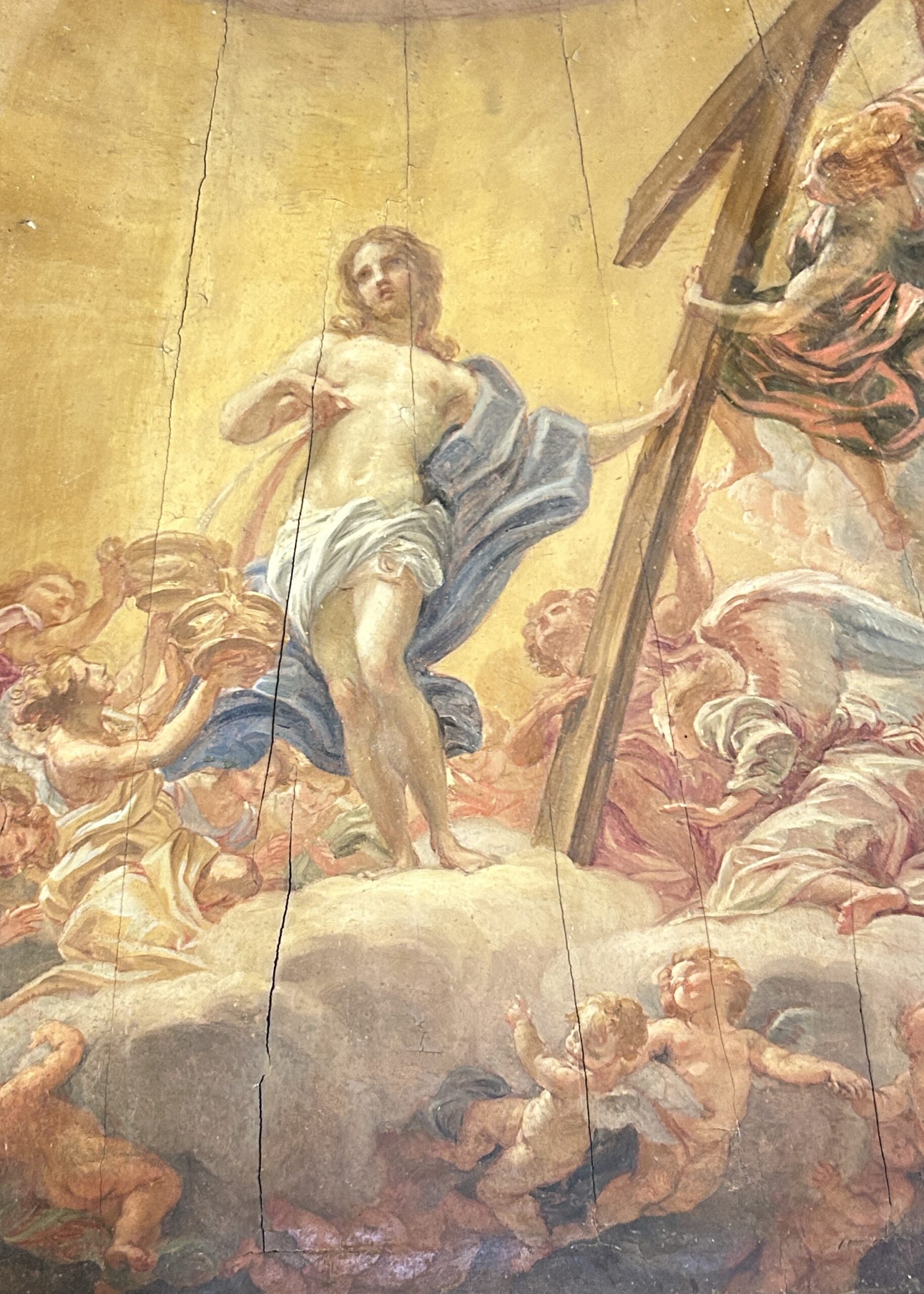

Leave a Reply